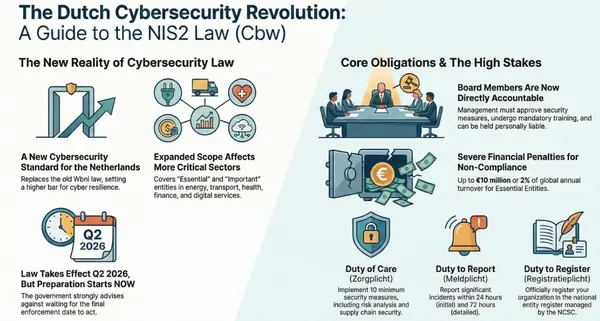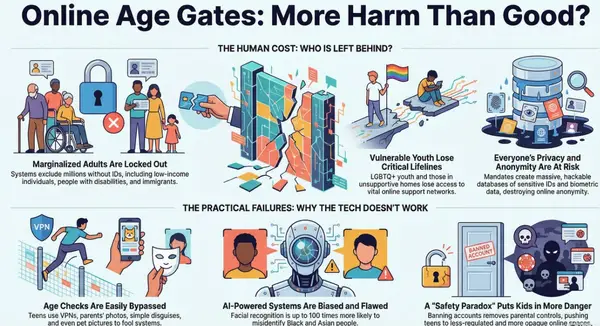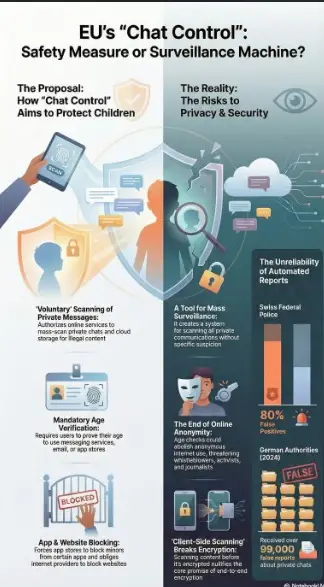Australia's Bold Experiment: The World's First Under-16 Social Media Ban

As December 2025 approaches, Australia prepares to implement the world's most comprehensive social media age restriction, fundamentally reshaping how young people interact online.
In a move that has captured global attention and sparked fierce debate, Australia is set to become the first nation to implement a blanket ban on social media access for children under 16. The Online Safety Amendment (Social Media Minimum Age) Bill 2024, passed in November 2024, represents one of the most significant interventions in digital youth culture to date. As the December 2025 implementation deadline approaches, parents, tech companies, and young people themselves are grappling with what this unprecedented change will mean.
The Mechanics of the Ban
The legislation is straightforward in its intent but complex in its implications. Starting December 2025, major social media platforms—including Facebook, Instagram, Reddit, Snapchat, TikTok, X (formerly Twitter), and YouTube—will be legally prohibited from allowing Australian users under 16 to create or maintain accounts. This isn't a guideline or a recommendation; it's a hard ban with serious financial consequences for non-compliance.
What makes this law particularly striking is its absolute nature. Parents cannot provide consent to override the age restriction, a departure from many existing online safety measures that allow for parental discretion. The message from the Australian government is clear: social media access for under-16s is not a family decision—it's a societal one.
The Stakes for Big Tech
The financial penalties attached to this legislation ensure tech companies will take it seriously. Platforms that fail to take "reasonable steps" to prevent under-16s from accessing their services face fines of up to AUD $50 million (approximately USD $33 million). For context, that's per violation of the systematic obligation, not per individual user—but it's still a significant deterrent designed to ensure compliance from even the largest tech giants.
Importantly, the law places the burden of enforcement squarely on the platforms themselves. Young users and their families won't face penalties for circumventing age restrictions, but the companies must demonstrate they've implemented robust age verification systems. This approach reflects a growing trend of holding tech companies accountable for their platforms' societal impacts rather than placing responsibility on individual users.
The Implementation Challenge
With less than three months until the law takes effect, the practical challenges of implementation are becoming increasingly apparent. Age verification at scale is a complex technical and privacy challenge. While the Australian government has ruled out requiring users to submit government IDs like driver's licenses or passports, the alternatives aren't without controversy.
The methods under consideration include facial age estimation, behavioral analysis, and third-party age verification services. Each approach raises its own set of concerns about privacy, data security, and potential discrimination. Tech companies are scrambling to develop solutions that are both effective and respectful of user privacy—a balance that has proven elusive in other contexts.
A Global Test Case
Australia's move is being watched closely by governments worldwide, many of which are grappling with similar concerns about social media's impact on young people. The UK has recently implemented its own age verification requirements under the Online Safety Act, though not as comprehensive as Australia's outright ban. The European Union is debating its controversial Chat Control regulation, and various U.S. states are considering their own age restriction measures.
If Australia's ban proves effective—however that effectiveness is measured—it could inspire similar legislation globally. Conversely, if it fails or produces significant unintended consequences, it might serve as a cautionary tale for other nations considering similar measures.
The Exemption List
Not all digital platforms fall under the ban. The government has specifically exempted services deemed essential for education, health, and basic communication. Messenger Kids, WhatsApp, Kids Helpline, Google Classroom, and YouTube Kids are expected to remain accessible. Online gaming platforms and standalone messaging apps also appear to be exempt, though the exact boundaries remain to be fully clarified.
This selective approach suggests the government is attempting to preserve the benefits of digital connectivity while eliminating what it sees as the most harmful aspects of social media engagement. Critics argue this distinction is somewhat arbitrary—why is WhatsApp acceptable but Instagram Direct Messages are not?
The Debate Continues
The law has its passionate defenders and fierce critics. Supporters, including many parent groups and child safety advocates, argue that social media's documented harms to young people's mental health, body image, and social development justify this strong intervention. They point to rising rates of anxiety, depression, and cyberbullying among young people as evidence that current approaches aren't working.
Critics, including digital rights organizations and some youth advocates, warn that the ban could isolate young people, particularly those in marginalized communities who rely on social media for support and connection. They argue that the ban is a blunt instrument that fails to address the root causes of online harms and may push young people toward less regulated corners of the internet.
What Happens Next?
As December 2025 approaches, several key questions remain:
How will platforms verify age without compromising privacy? The technical solutions are still being developed, and their effectiveness remains to be seen.
Will young people simply migrate to other platforms? History suggests that banning popular platforms often leads to migration rather than abstinence.
How will this affect Australia's tech industry? Some worry the law could discourage innovation or lead platforms to withdraw from the Australian market entirely.
What metrics will determine success or failure? The government hasn't clearly articulated how it will measure the law's effectiveness beyond compliance rates.
A Watershed Moment
Regardless of one's position on the ban, it's clear that Australia's under-16 social media prohibition represents a watershed moment in the relationship between young people, technology, and government regulation. It's an acknowledgment that the current model of self-regulation and parental supervision isn't working to protect young people from social media's potential harms.
As the December deadline approaches, Australia is embarking on what amounts to a massive social experiment. The results—whether positive, negative, or mixed—will likely influence how the world approaches youth online safety for years to come. Parents, educators, tech companies, and young people themselves are all holding their breath to see what happens when one country decides to fundamentally redraw the boundaries of the digital world for its youth.
The coming months will reveal whether Australia's bold move proves to be visionary leadership or a cautionary tale about the limits of regulation in the digital age. Either way, the world is watching.
As this unprecedented law prepares to take effect, one thing is certain: the conversation about young people and social media will never be quite the same. Australia has moved beyond debate to action, and the consequences—intended and otherwise—will ripple far beyond its shores.





